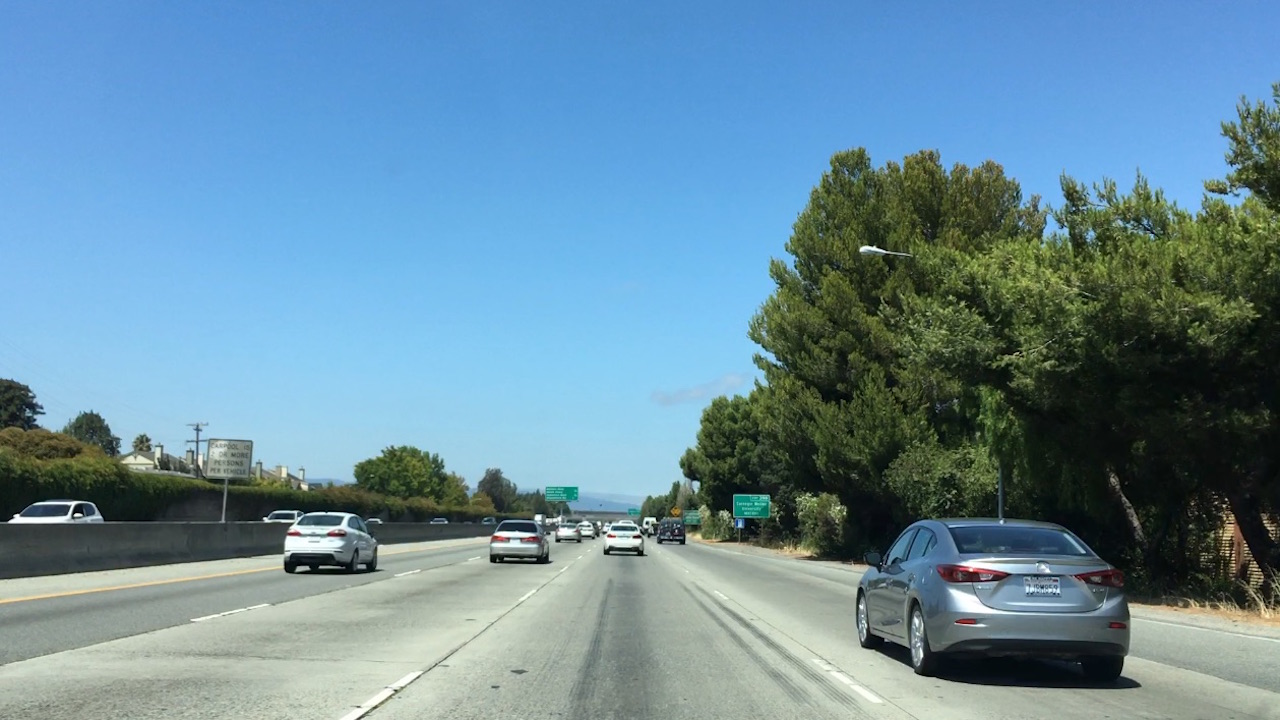09. Template Matching
Template Matching

To figure out when template matching works and when it doesn't, let's play around with the OpenCV
cv2.matchTemplate()
function! In the bounding boxes exercise, I found six cars in the image above. This time, we're going to play the opposite game. Assuming we know these six cars are what we're looking for, we can use them as templates and search the image for matches.
Let's suppose you want to find the templates shown below in the image shown above (you can download these images here if you like):

Your goal in this exercise is to write a function that takes in an image and a list of templates, and returns a list of the best fit location (bounding box) for each of the templates within the image. OpenCV provides you with the handy function
cv2.matchTemplate()
(
documentation
) to search the image, and
cv2.minMaxLoc()
(
documentation
) to extract the location of the best match.
You can choose between "squared difference" or "correlation" methods in using
cv2.matchTemplate()
, but keep in mind with squared differences you need to locate the global minimum difference to find a match, while for correlation, you're looking for a global maximum.
Follow along with this tutorial provided by OpenCV to try some different template matching techniques. The function you write should work like this:
def find_matches(img, template_list):
# Iterate over the list of templates
# Use cv2.matchTemplate() to search the image for each template
# NOTE: You can use any of the cv2.matchTemplate() search methods
# Use cv2.minMaxLoc() to extract the location of the best match in each case
# Compile a list of bounding box corners as output
# Return the list of bounding boxes
However
, the point of this exercise is not to discover why template matching works for vehicle detection, but rather, why it doesn't! So, after you have a working implementation of the
find_matches()
function, try it on the second image,
temp-matching-example-2.jpg
, which is currently commented out.
In the second image, all of the same six cars are visible (just a few seconds later in the video), but you'll find that none of the templates find the correct match! This is because with template matching we can only find very close matches, and changes in size or orientation of a car make it impossible to match with a template.
So, just to be clear, you goal here is to:
- Write a function that takes in an image and list of templates and returns a list of bounding boxes.
- Find that your function works well to locate the six example templates taken from the first image.
- Try your code on the second image, and find that template matching breaks easily.
If you want to run this locally, download bbox-example-image.jpg and the cutout images .
template_match
Start Quiz: